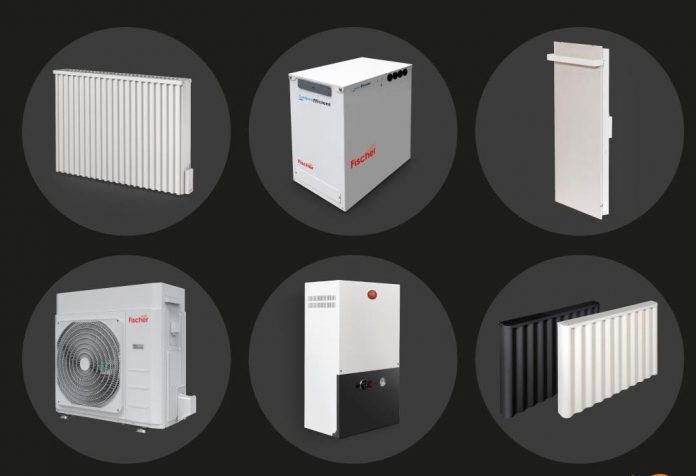With net zero targets looming larger in the rear view mirror, air source heat pumps have been lauded as the main alternative to gas boilers. But despite the offer of a £5000 grant towards the cost of installation, take up for the Boiler Upgrade Scheme has been muted.
The government aims to give out 30,000 vouchers annually but only managed 9,888 between the scheme’s launch in May and the end of last year. So far, annual air source heat pump installation is under 40,000. As it stands, the government’s target to install 600,000 a year by 2028 seems optimistic at best.
Problematic Pumps
Criticism of heat pumps and in particular their lack of suitability for many UK homes may account for the poor uptake. Complaints from homeowners include heat pumps struggling to reach comfortable temperatures in colder weather and unwelcome noise can often be an issue due to the outdoor fan which is usually placed in the garden.
For the millions of UK homes that suffer from poor insulation, heating experts remain sceptical on the effectiveness of heat pumps, which may also require an upgrade to larger radiators for users to feel any benefit.
Price is also an issue for many homeowners with purchase and installation costs ranging anywhere between £7000 and £14000 – considerably higher than the £2000 average for a replacement gas boiler.
If net-zero targets are to be achieved, it is clear that we need to change the way we heat our homes sooner rather than later. So what are the alternative options for homes that are not suitable for an air source heat pump?
Keith Bastian, CEO of electric heating company Fischer Future Heat says, “There’s no question that heat pumps will play a part in helping us to net zero. But heating homes in the UK is not a one size fits all solution. The Government needs to put just as much effort into highlighting other forms of zero emission heating – giving consumers greater choice to suit their circumstances.”
Here are five alternative options to a heat pump that may be more effective.
Electric Boilers
Electric boilers offer high levels of efficiency and produce zero emissions in the home. With no requirement for external flues, and minimal moving parts, maintenance is a lot easier compared to heatpumps and gas boilers. They are available as a Combi-Boiler which can be swapped directly with a gas boiler to provide heating and hot water. Similar to heat pumps, a well-insulated home is important but installation is relatively straightforward and can be completed in under a day.
Electric Radiators
Modern electric radiators are a far cry from the big and bulky storage radiators of the 1970s and can be an effective and efficient method to provide your home’s heating. The best electric heaters come with individual thermostats which can be programmed to suit the user’s lifestyle and may even help reduce energy use.
Electric Water Heating
Keeping your water heating separate from the heating in your home can prove more efficient. Electric water heating systems have also come on in leaps and bounds in recent years and you no longer need huge water tanks in the loft or airing cupboard to enjoy a long hot bath. The Aquafficient uses phase change material to heat hot water and can fit into much smaller spaces than water tanks.
Bastian is a firm believer in separating hot water systems and heating and says, “Having individual systems to focus solely on your hot water is far more efficient as every kilowatt will be used for that single purpose. In the summer, you can also turn off the system that supplies heating saving you money on your energy bills and if anything goes wrong with your heating system you will never be without hot water.”
An electric hot water system can be paired with an electric ‘heat only’ boiler or electric radiators.
Infrared Radiators
Infrared heaters transmit heat through thermal radiation generating infrared rays around the room. It’s the same way as the Sun works (but thankfully without the UV rays and temperature levels). Heatcomes from infrared light warming your skin and clothes and bouncing off other objects in a room to heat the space.
Biomass Heating
Biomass uses wood, plants and even manure to heat homes. While it is thought to be a renewable form of heating, there is an argument that emissions released from this type of heating can cause health problems.
A biomass stove burns logs or pellets for heat and can also be fitted with an additional boiler for hot water. They don’t come cheap though, with average costs reaching £16,000 for an average sized home.




